032018_YKMV_A16.pdf




March 20, 2018 • Page 16
shop online at www.missourivalleyshopper.com
National
Ag Week
March 18-24, 2018
Soil Health: The Foundation of Life
By Lura Roti, for SDSU Extension
Walking through the fields he has spent more than 40 years caring for, Dan Forgey says it's not the crop he's walking through that
captures his attention these days, but the soil he is walking on.
"Today, I pay attention to what is growing under my feet
instead of just paying attention to what is growing above the soil's
surface. In fact, I spend more time thinking about what is going
on below," explains Forgey, 68, the Agronomy Manager for Cronin
Farms, Gettysburg, South Dakota.
His management practices affirm his dedication to soil health.
Since the early 90s, Forgey has implemented no-till. He plants a
diverse cropping rotation that includes 12 different warm and cool
season crops. In addition, 300 acres of crop ground are planted to
a diverse full season cover crop blend.
"Planting a diversified cover crop has all the plant roots and
their microbes the soil likes - building soil health," Forgey says.
The farm's soils have responded to Forgey's invested focus
with increased water absorption and retention, reduced erosion
and an increase in organic matter.
Healthier soils have less need for inputs and are capable of
supporting crops even in less than cooperative weather conditions, Forgey explains. "Even during this year's drought, the soil
health helped us with yields," he says. "Soil is forgiving. Taking
care of it is so rewarding because it is sustainable."
When Forgey began farming at 17, his farming practices were
not sustainable. "I spent the first 24 years destroying our soils and
the last 25 years making them healthy," he says. "It's been a big
learning curve."
A learning curve that a community of soil health experts and
enthusiasts helped Forgey navigate. "Without a doubt, I had help.
You have to go somewhere for your information," Forgey says
of gleaning advice from SDSU Extension, the Natural Resources
Conservation Service (NRCS), the Soil Health and Grassland Coalitions.
Today, Forgey is a go-to soil health guru of sorts, sharing what
he's learned with other farmers and landowners throughout the
state and region.
He is part of a growing number of individuals and organizations
collaborating to increase soil health awareness and information
working together to ultimately improve soil health across the state
and nation.
"Soil health is essential to sustaining South Dakota's number
one industry of agriculture," explains Anthony Bly, SDSU Extension
Soils Field Specialist. "It's related to food security."
Bly references the grand challenge to feed a growing global
population with a diminishing land resource.
"Everything we grow comes from the soil. If we don't take care
of it and build up this natural resource, it endangers food security," he says. "Soil health is the way to accomplish this."
Taking care of the soil is not just the responsibility of farmers
like Forgey. It's everyone's job, says Jeff Zimprich, State Conservationist for NRCS in South Dakota.
"When I talk about big projects we should care about, I call
them sandboxes. Because of our state's economic dependence
upon agriculture, soil health is the most important sandbox South
Dakotans need to get involved in. When I say South Dakotans, I
mean all of us. All South Dakotans need to have a better understanding of and appreciation for our soil resource. There is room
in this sandbox for everyone," says Zimprich, who is responsible
for overseeing NRCS personnel and programs throughout South
Dakota.
Soil health - or rather the lack of, Zimprich explains, is the
reason the federal agency he serves was established.
"The NRCS was formed in 1935, born out of the Dust Bowl. We
are all about helping producers, land owners and operators of
private land care for natural resources," Zimprich says, explaining
that 75 percent of all land in South Dakota is privately owned.
Zimprich quickly adds that the task of improving the state's
soil health is too large for any one agency, organization or group
to take on alone.
"The job is huge. It's so big. We have to collaborate. Also, all
of us - individuals, agencies and organizations - bring different
strengths to the table," Zimprich says. "When you collaborate you
get to use everyone's strengths."
Bly echoes this comment.
"Through collaboration we make our message stronger and
more effective," Bly says. "From the perspective of SDSU Extension, our partners are also our stakeholders. As the outreach arm
of our state's land grant, we rely on our stakeholders for feedback
- so we can clearly understand needs to direct our research and
programming."
The unbiased nature of this team brings with it a credibility
many landowners trust, says Selby farmer, Doug Sieck.
"As a producer it's tough to sort through the information
and data when companies put their own data together," explains
Sieck, who helped charter the S.D. Soil Health Coalition in 2015
and recently retired as its president. "When I get information from
NRCS or SDSU Extension there is no commercial agenda behind
the recommendations and that is important because mistakes are
costly and margins are tight."
In addition to changing his management practices to no-till,
planting cover crops, increasing cropping rotations and diversity
and rotating his cattle herd through pastures daily during the
growing season - Sieck says getting involved in workshops and
seminars focused on soil health introduced him to a community of
experts, farmers and landowners who are willing to step outside
what is thought of as conventional, to improve soil health. This
changed his mind set and the way he thinks about his lifelong
career of farming.
"Spending time with out-of-the-box thinkers, impacted my
attitude about farming. It's a refreshing way to look at what I do,"
explains Sieck, a fourth-generation South Dakota farmer. "And, I'm
German, so I also like the fact that it's a new way to do things that
means I won't have to buy as many inputs."
To learn more about how you can improve your soil health and
become connected to South Dakota's soil health network, contact
Anthony Bly by Anthony.Bly@sdstate.edu.
Courtesy of iGrow. Anthony Bly, SDSU Extension Soils
Field Specialist, says soil health is essential to sustaining South Dakota's number one industry of agriculture.
Courtesy photo. Jeff Zimprich, State Conservationist for
Natural Resource Conservation Service (NRCS) in South
Dakota
Courtesy photo. Dan Forgey, the Agronomy Manager for
Cronin Farms, Gettysburg says it's not the crop he's walking through that captures his attention these days, but
the soil he is walking on. "Today, I pay attention to what is
growing under my feet instead of just paying attention to
what is growing above the soil's surface. In fact, I spend
more time thinking about what is going on below."
Courtesy photo. Selby farmer, Doug Sieck helped charter
the S.D. Soil Health Coalition in 2015 and recently retired
as its president. In addition to changing his management
practices to no-till, planting cover crops, increasing cropping rotations and diversity, Sieck rotates his cattle herd
through pastures daily during the growing season.
Family,
Friends,
Community.
Pole Garages • Shop Buildings • RV & Multi Storage
Machine Sheds • Horse Barns • Hobby Shops & More!
2409 N. Broadway
Yankton, SD 57078
America’s Farmers,
ranchers and growers are
some of our nation’s
greatest assets. Not only
do we rely on agriculture
for our food, feed, fiber,
and fuel, our agriculture
producers preserve our
environment, and help drive
our national economy.
605-665-9651
Roy Wilcox, Agent
200 W 4th St
Yankton, SD 57078
Bus: 605-665-7140
www.roywilcox.com
We’re all in this together.
State Farm® has a long tradition of being
there. That’s one reason why I’m proud
to support Our Ag Industry!.
Get to a better State®
State Farm, Bloomington, IL
JOIN US IN SAYING,
“Thank You.”
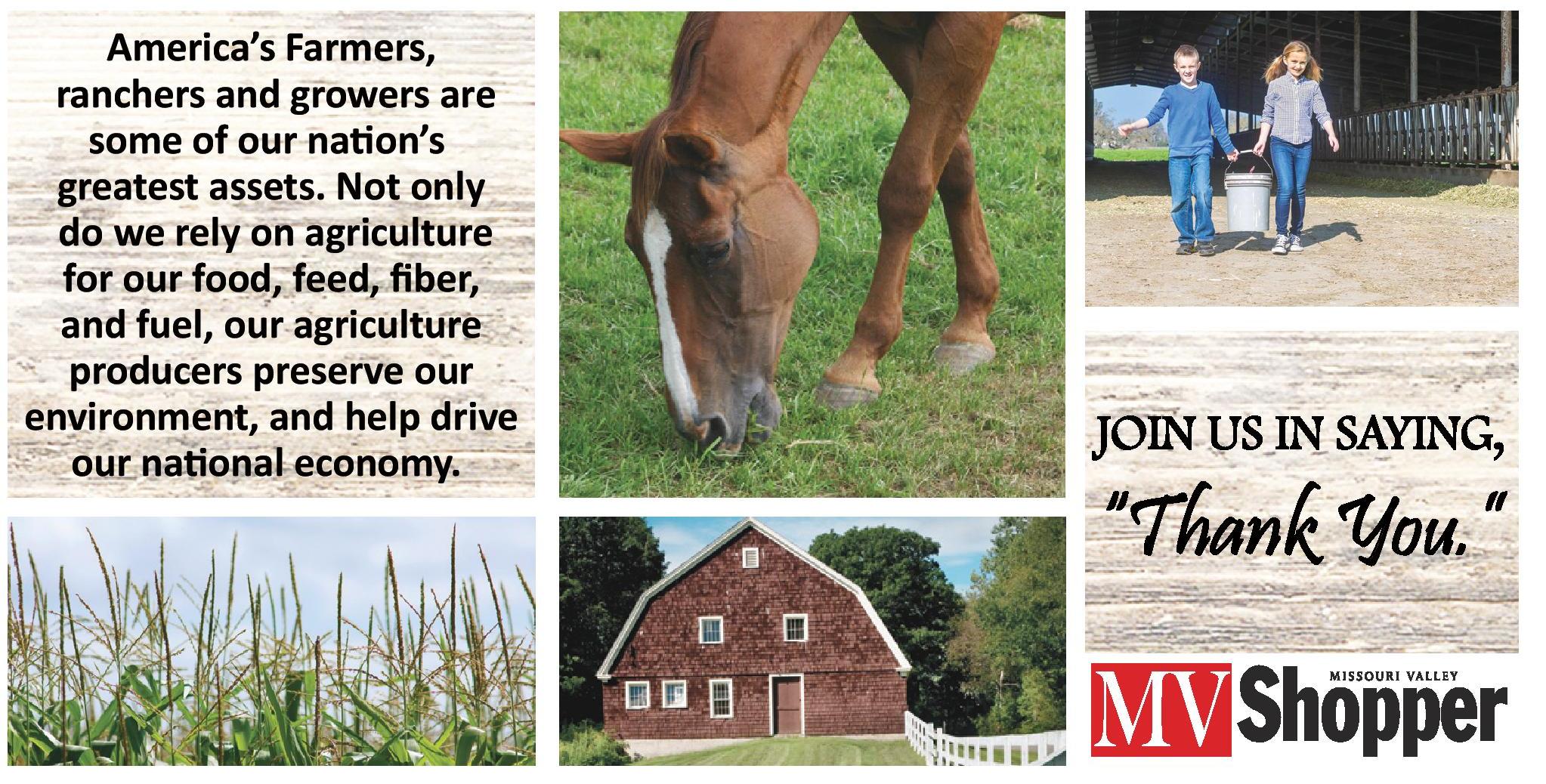
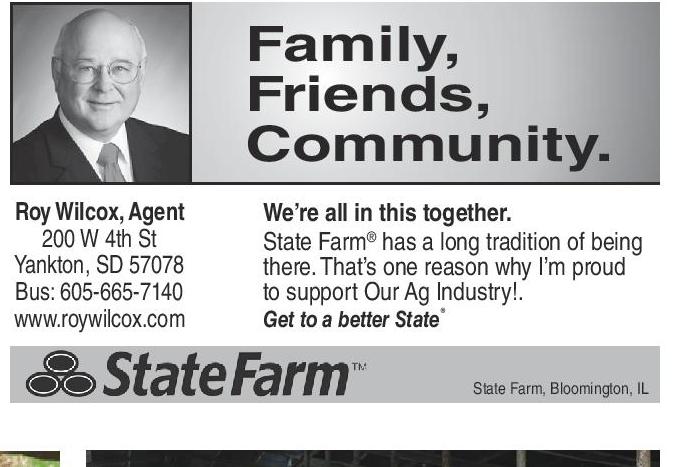

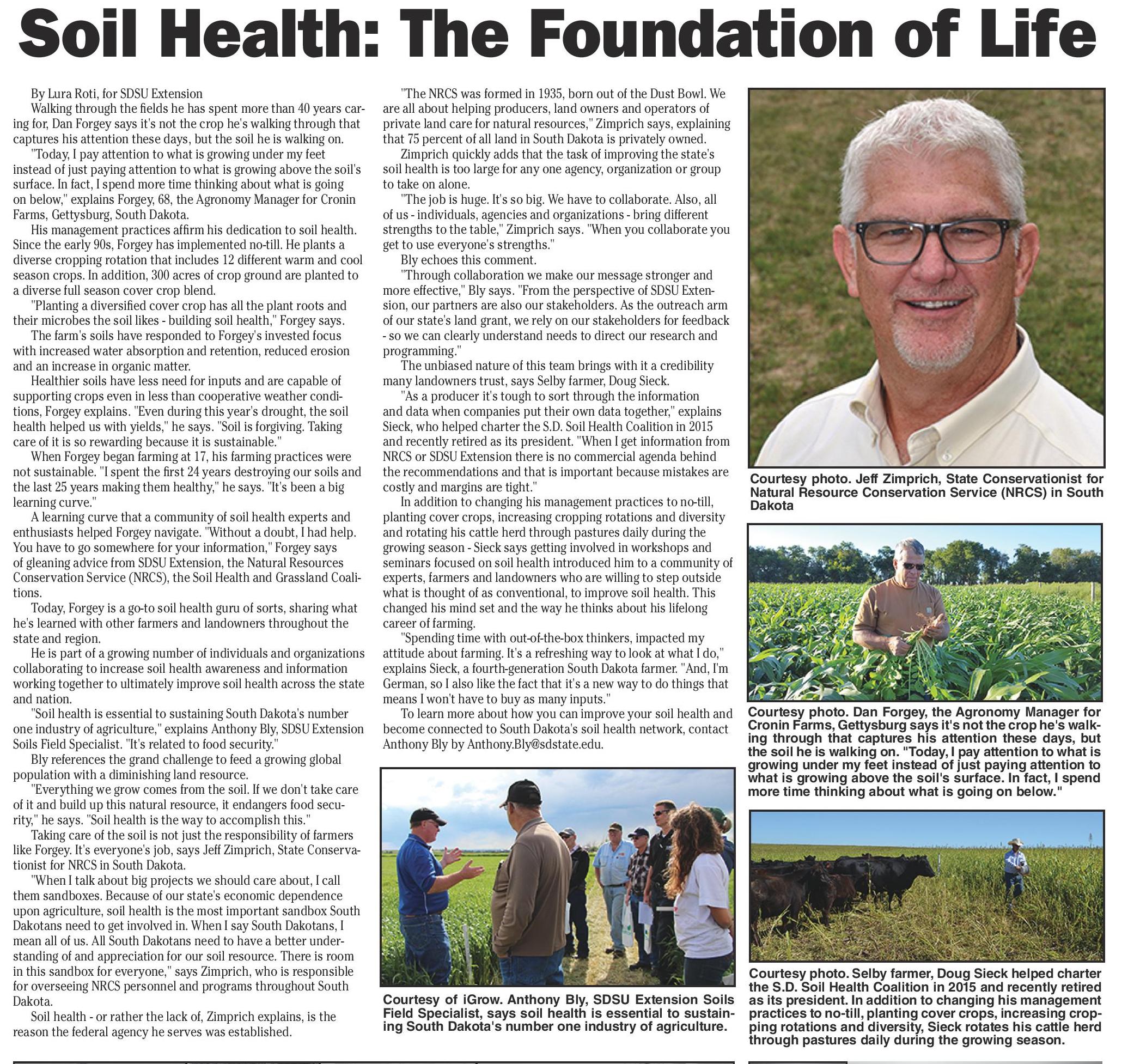












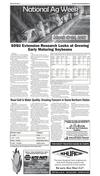

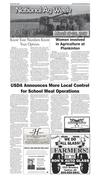
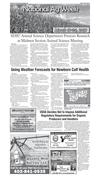
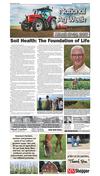




 Previous Page
Previous Page





